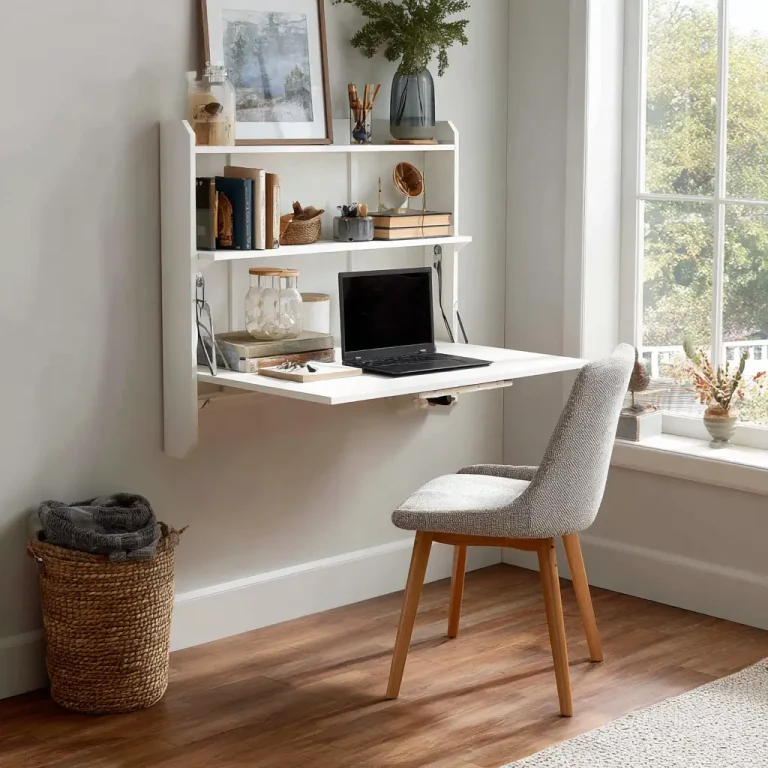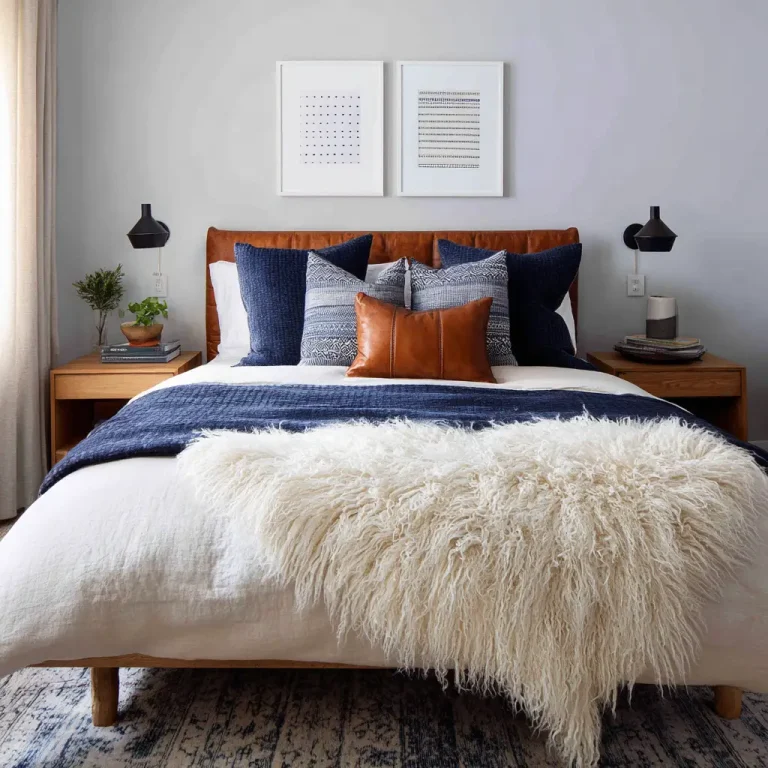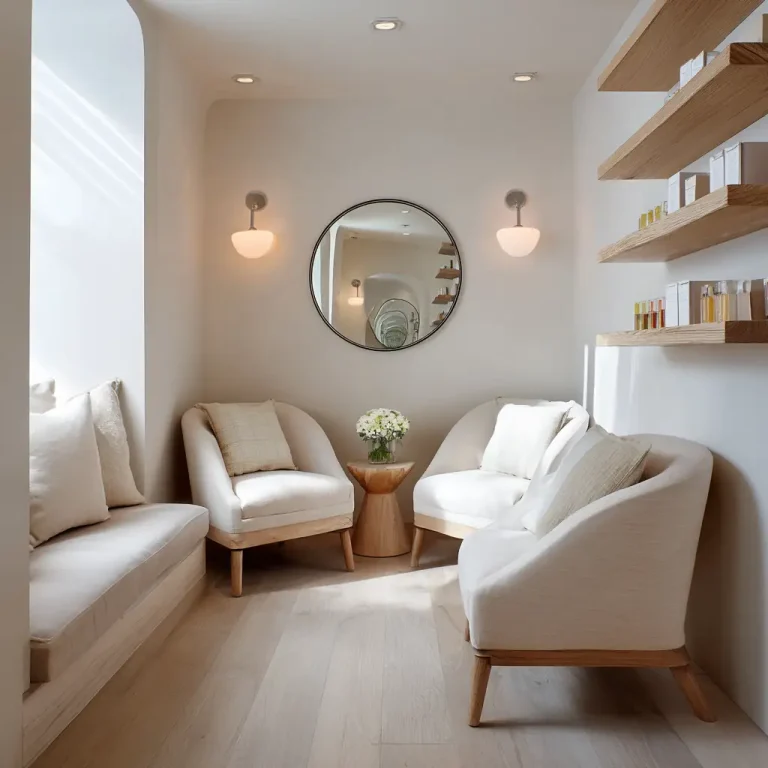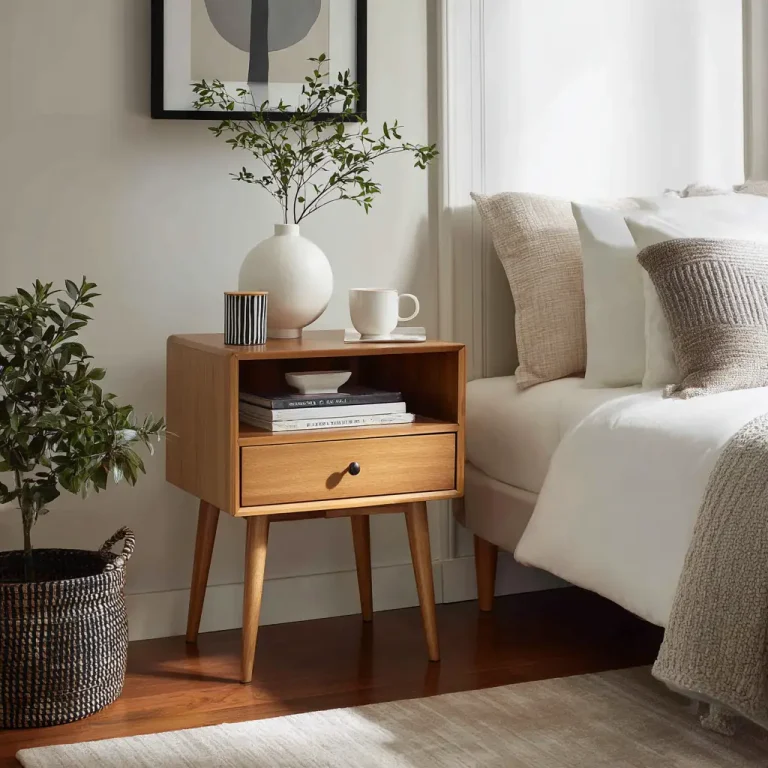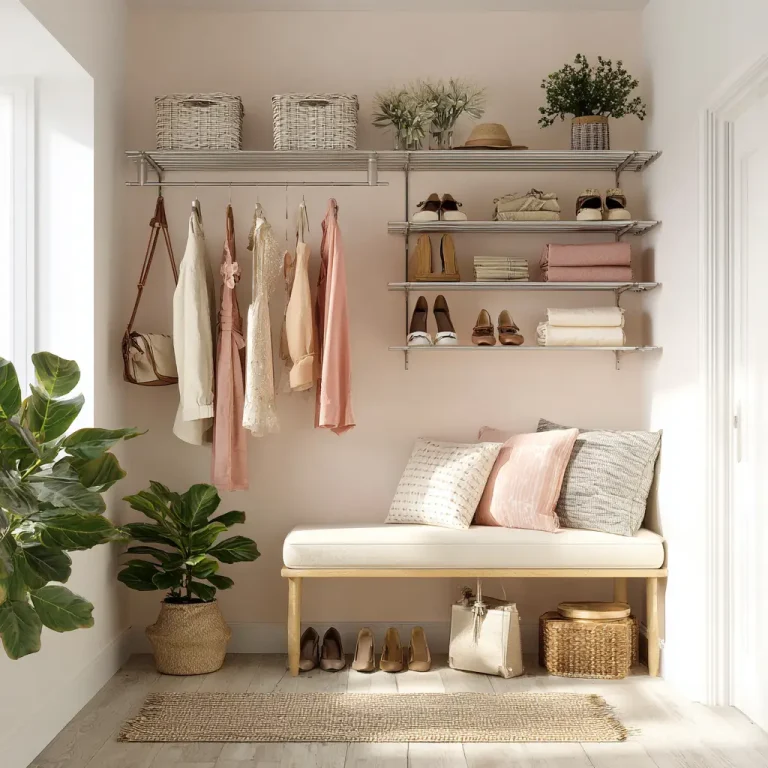20 Small Space Living Room Ideas That Make a Big Impact
Living in a small space doesn’t mean sacrificing style or comfort. Whether you’re in a studio apartment or a cozy home, making the most of a small living room is all about smart design choices. Here are 20 thoughtful and creative ideas to help you transform your compact space into a warm, functional, and stylish living area.
1. Embrace Light Colors
Lighter shades like white, cream, or soft gray help make a room feel more open and airy. Use these tones for walls, furniture, and even flooring to visually expand your space.
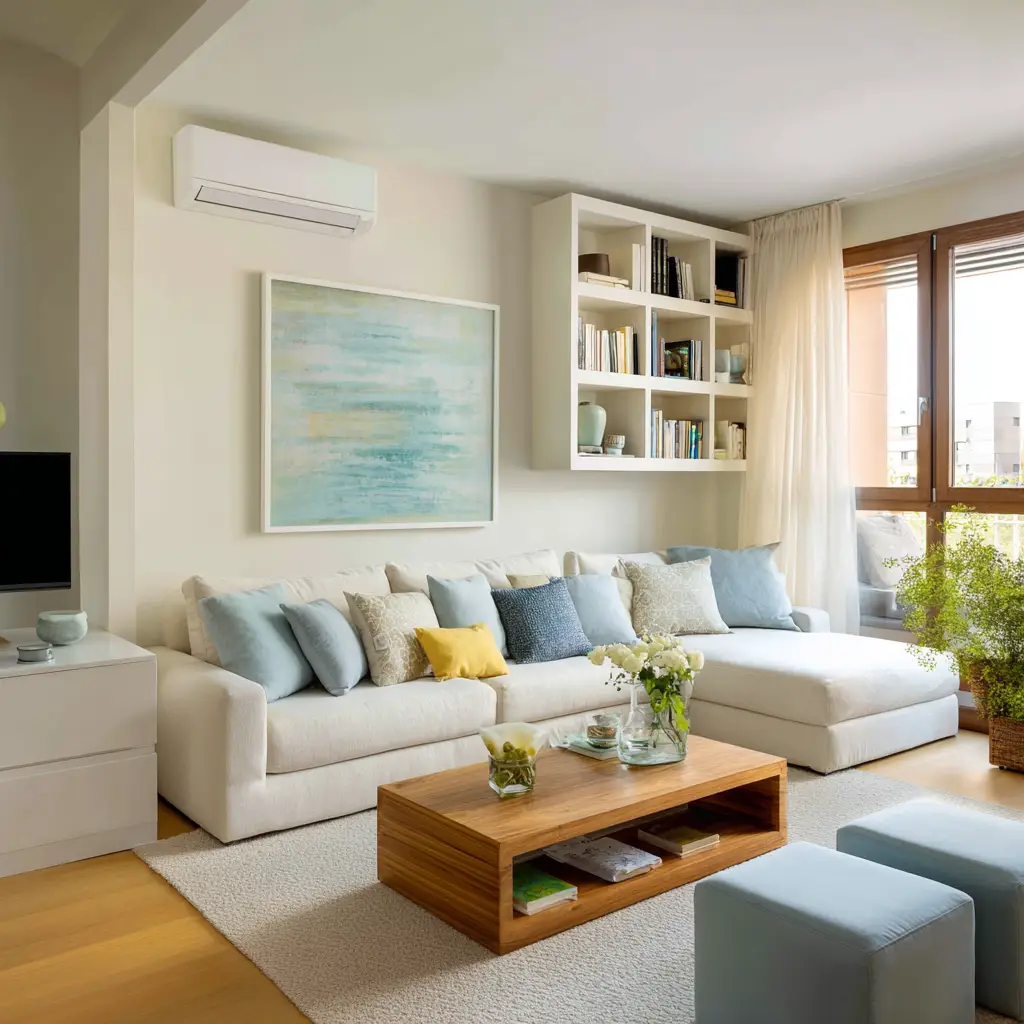
2. Use Mirrors Strategically
Mirrors reflect light and give the illusion of more space. A large wall mirror or even mirrored furniture can make your room feel double its size.
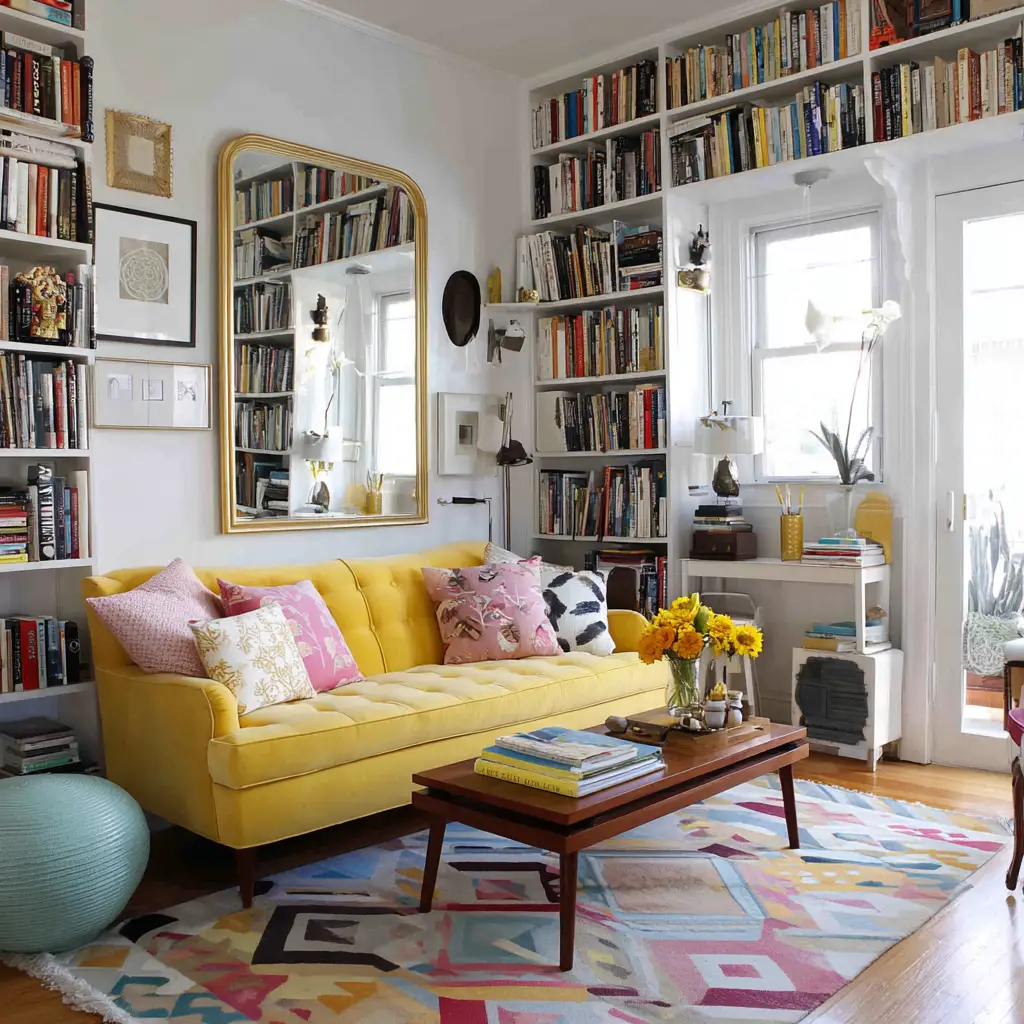
3. Choose Multi-Functional Furniture
Look for pieces that do double duty. Think coffee tables with storage, sleeper sofas, or ottomans that open up for extra space.
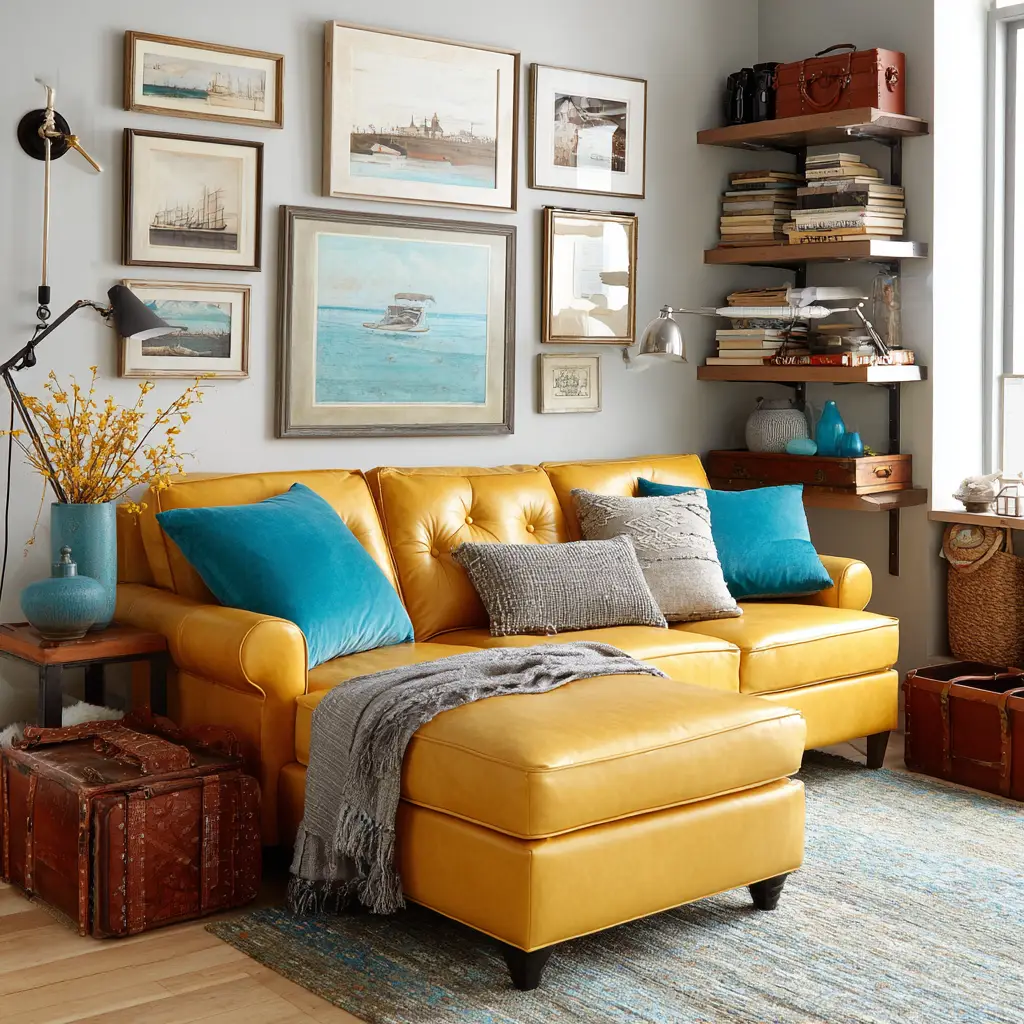
4. Go Vertical with Storage
Take advantage of wall space with tall bookshelves, vertical cabinets, or floating shelves. This keeps the floor uncluttered while giving you room to store and display items.
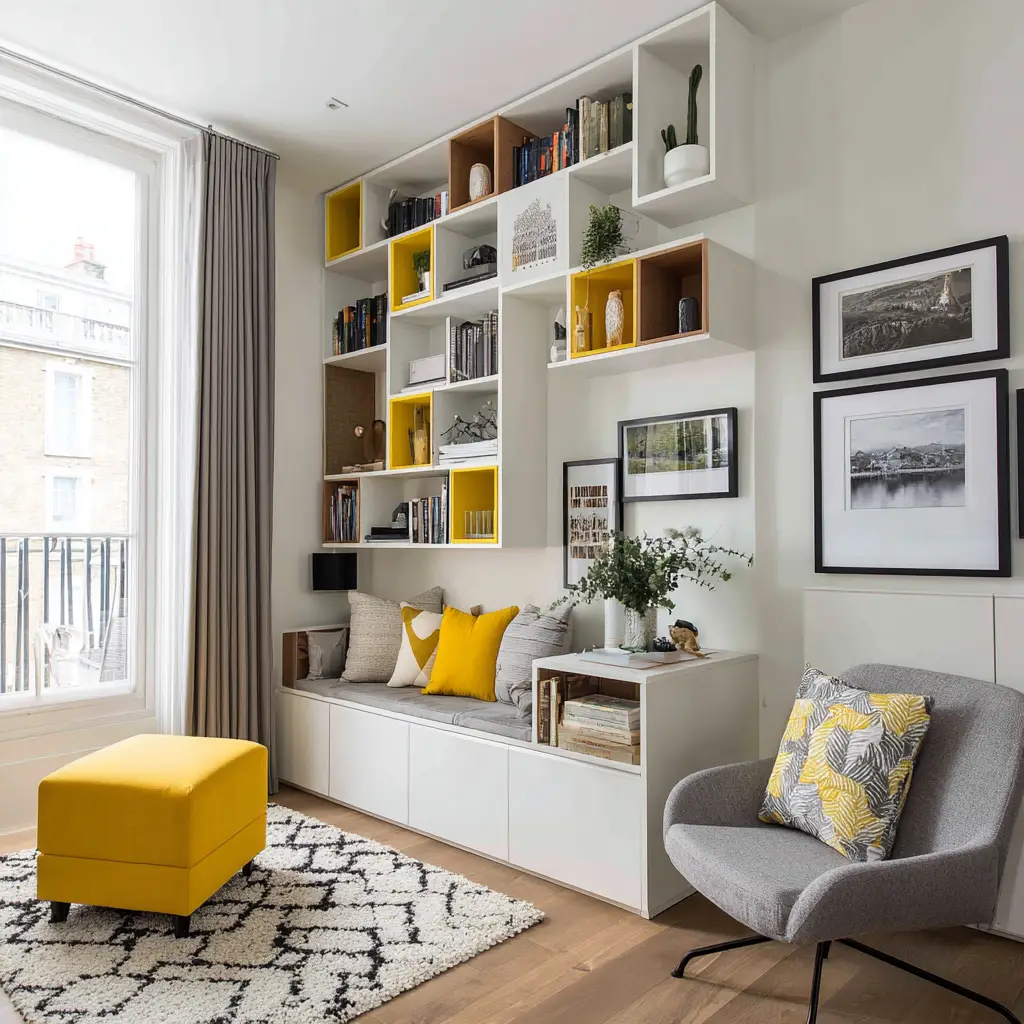
5. Mount the TV on the Wall
Wall-mounting your TV eliminates the need for a bulky media console and frees up floor space. It also gives the room a sleek, clean look.
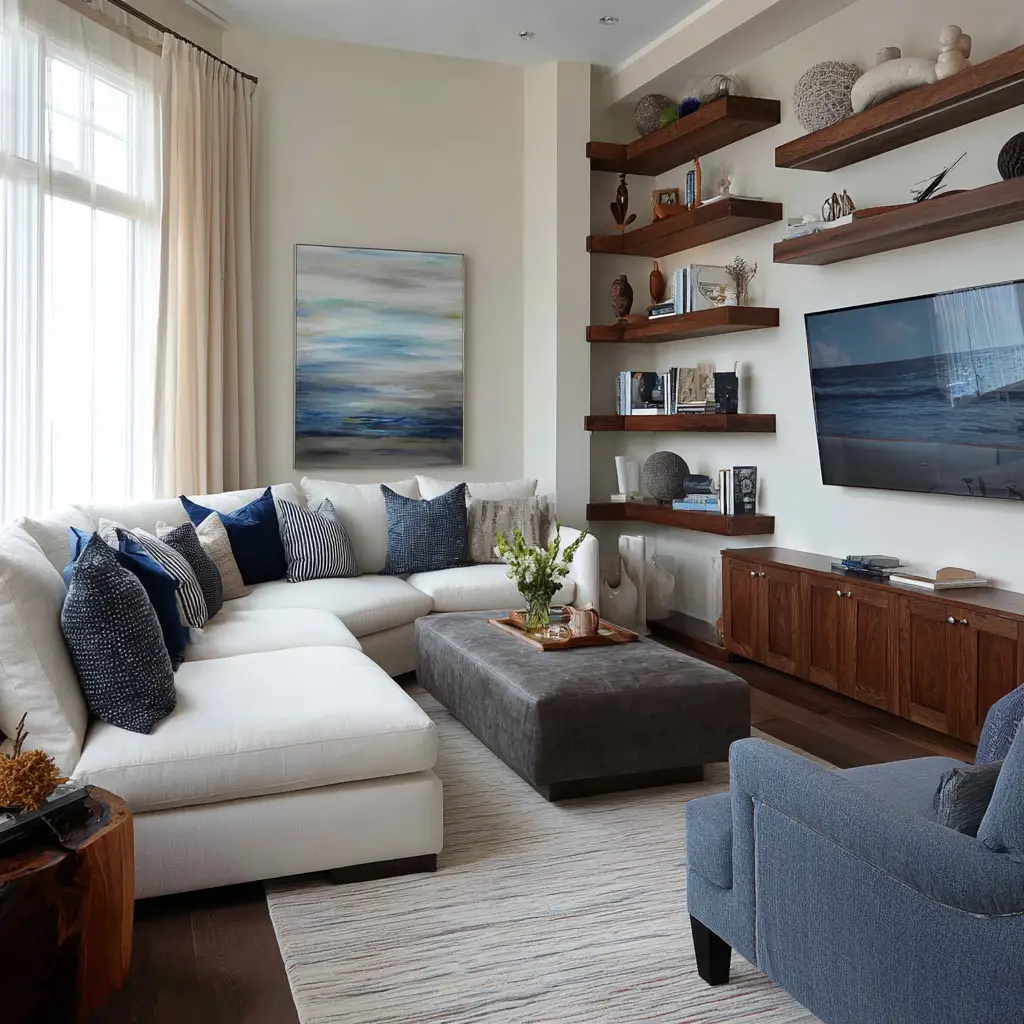
6. Use Rugs to Define Spaces
A well-placed rug can visually divide areas and make the room feel organized, even if it’s small. Choose a rug that fits just under your furniture to anchor the space.
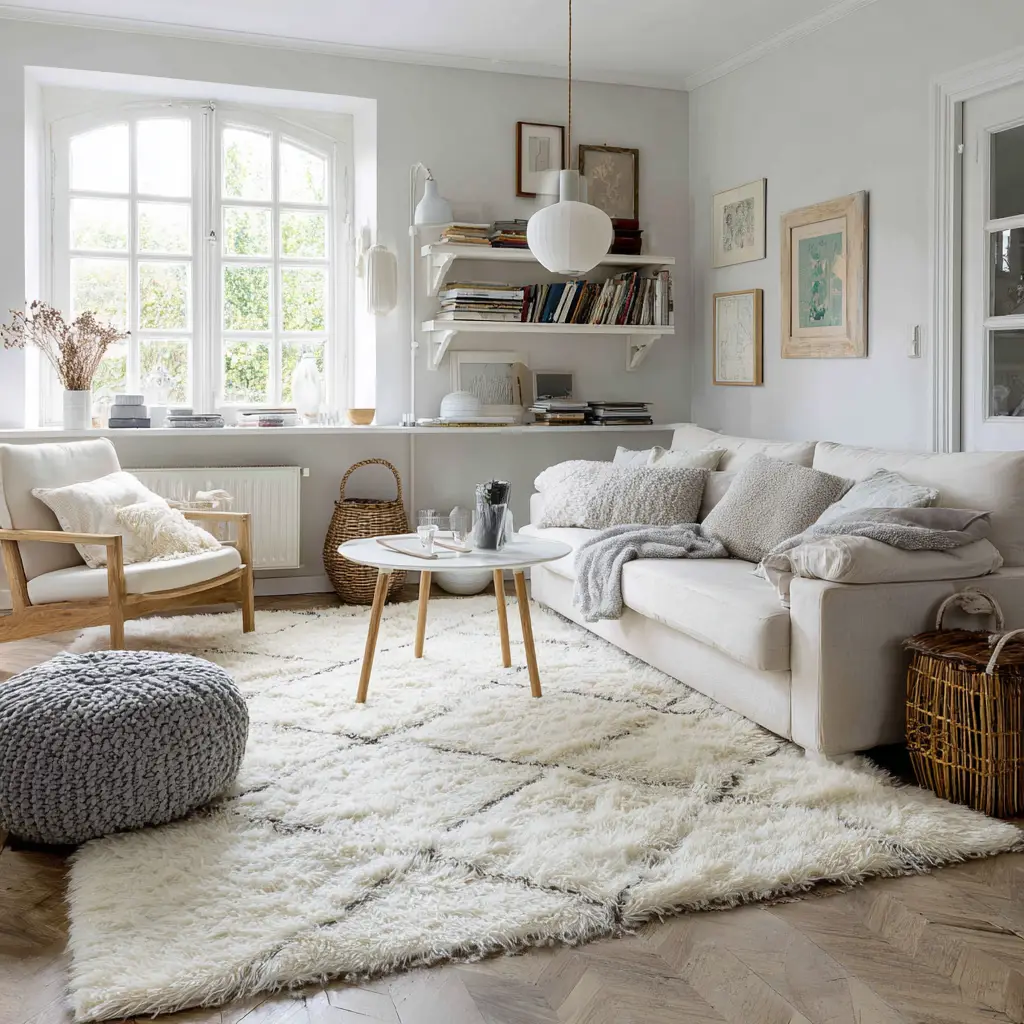
7. Opt for Armless Furniture
Sofas and chairs without arms look less bulky and make a room feel more open. They’re often more flexible for small spaces, too.
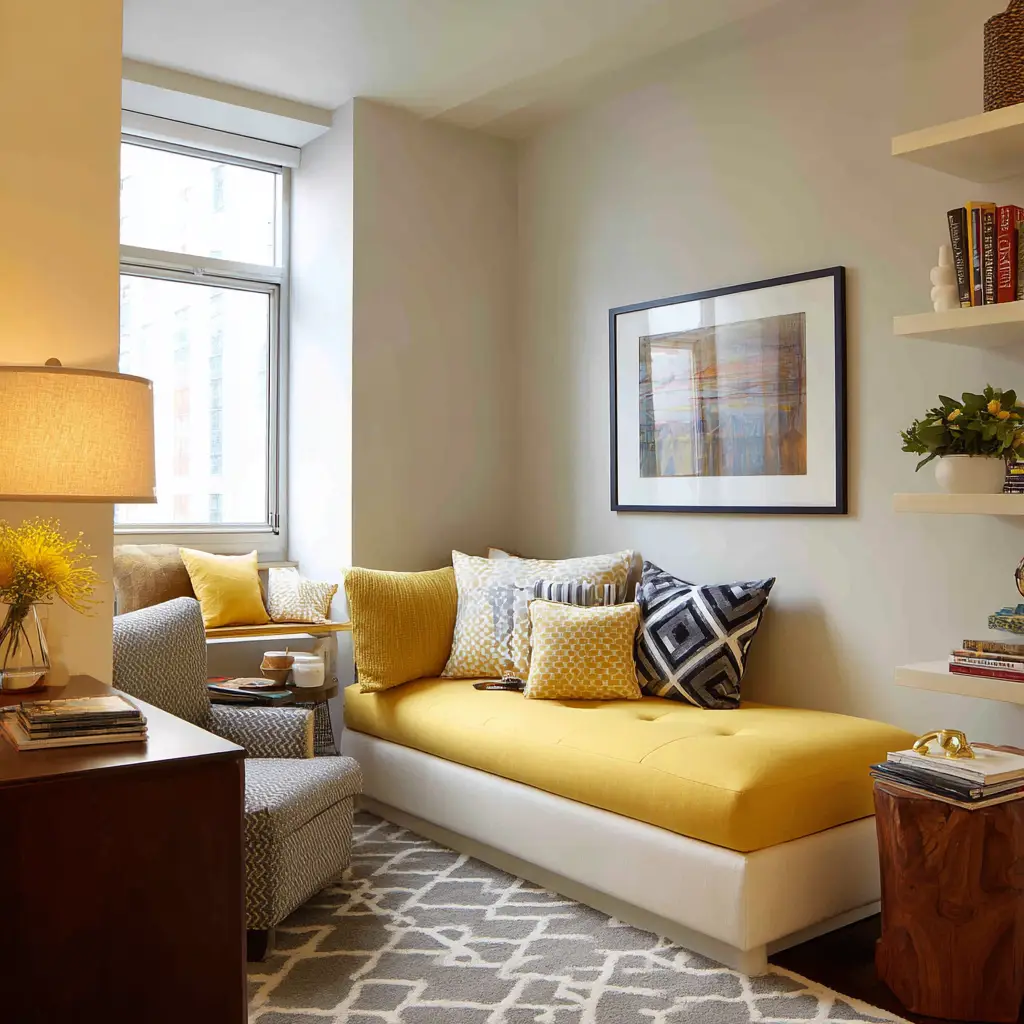
8. Float Your Furniture
Instead of pushing all your furniture against the walls, try floating a piece like the sofa slightly inward. This can create better flow and a more intentional layout.
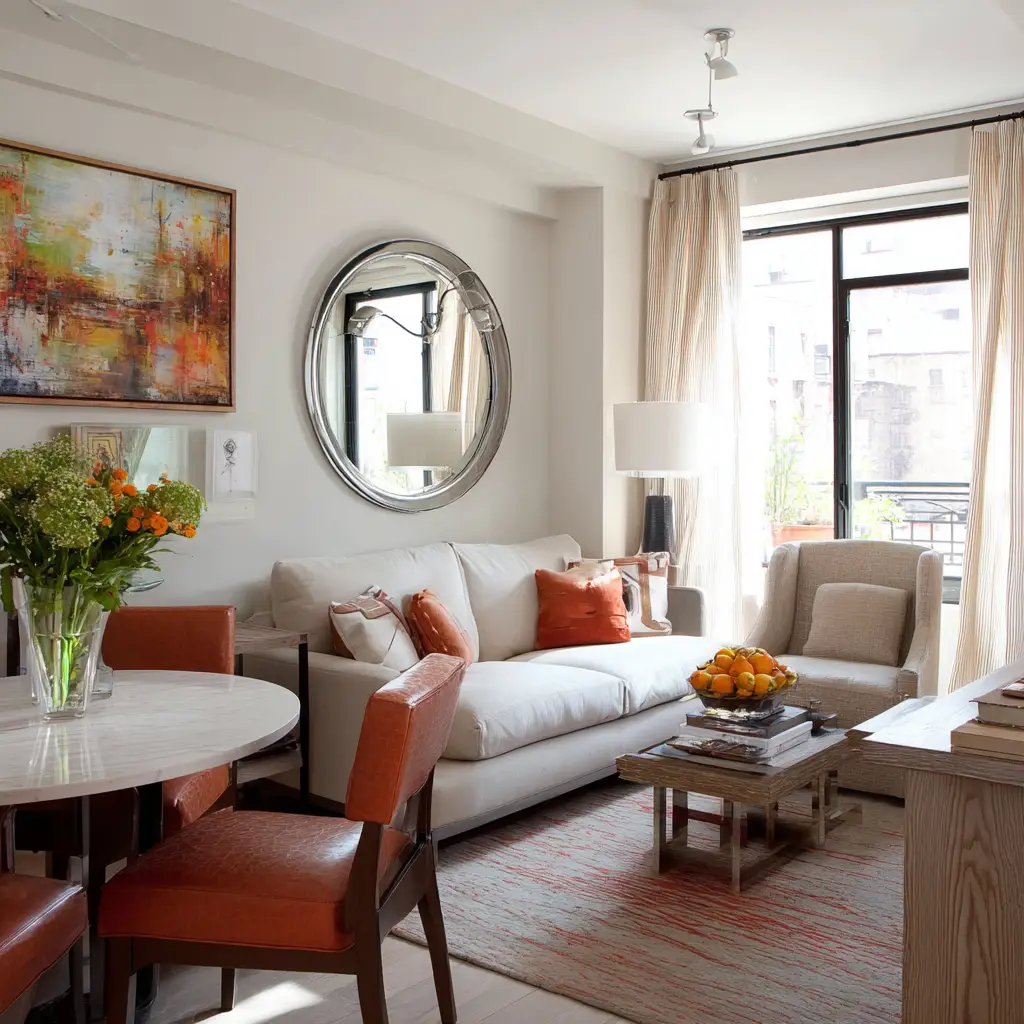
9. Choose a Low-Profile Sofa
Low-profile seating, with shorter backs and thinner legs, won’t visually crowd the room. It keeps sightlines open and helps the room breathe.

10. Add Transparent Elements
Lucite or glass coffee tables and chairs offer function without the visual weight. They’re perfect for maintaining an open feel in tight quarters.
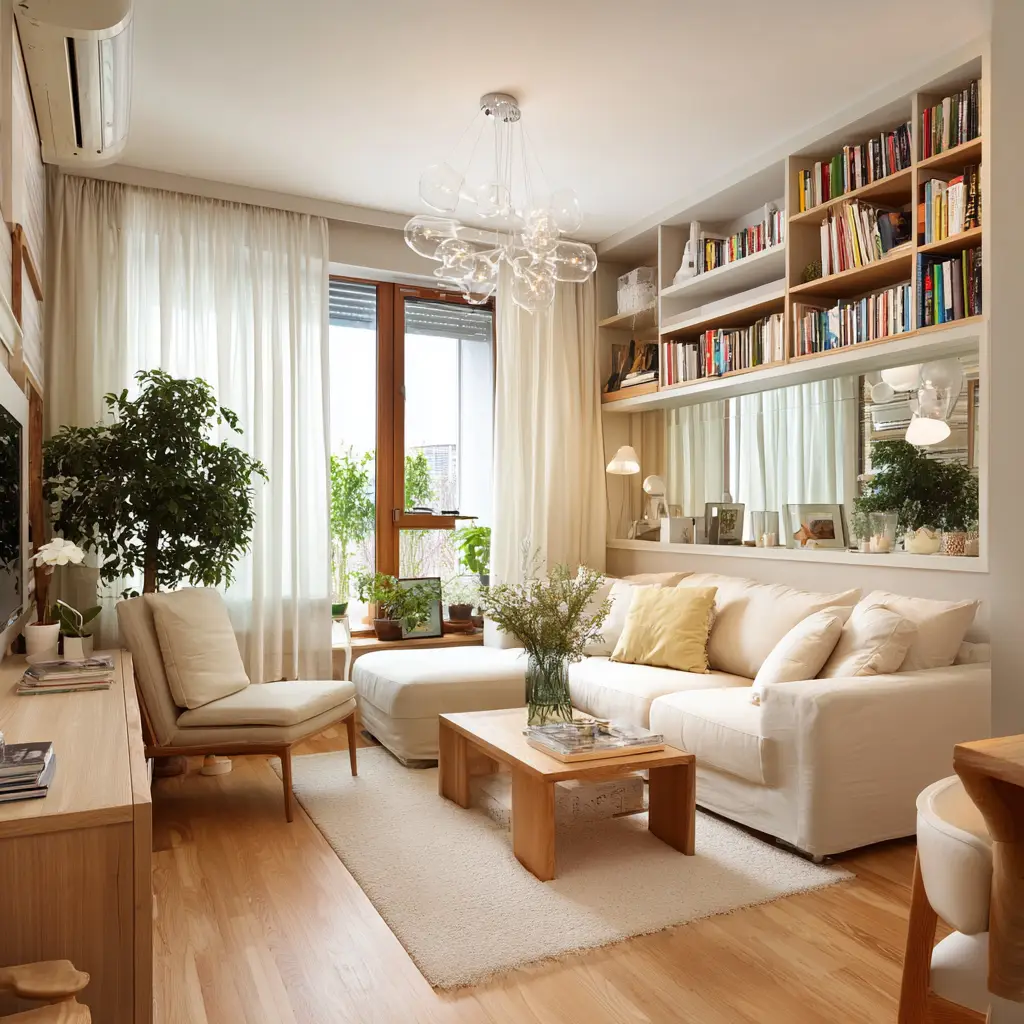
11. Keep Window Treatments Light
Avoid heavy curtains that weigh down the room. Opt for sheer drapes or Roman shades that let natural light in while offering privacy.
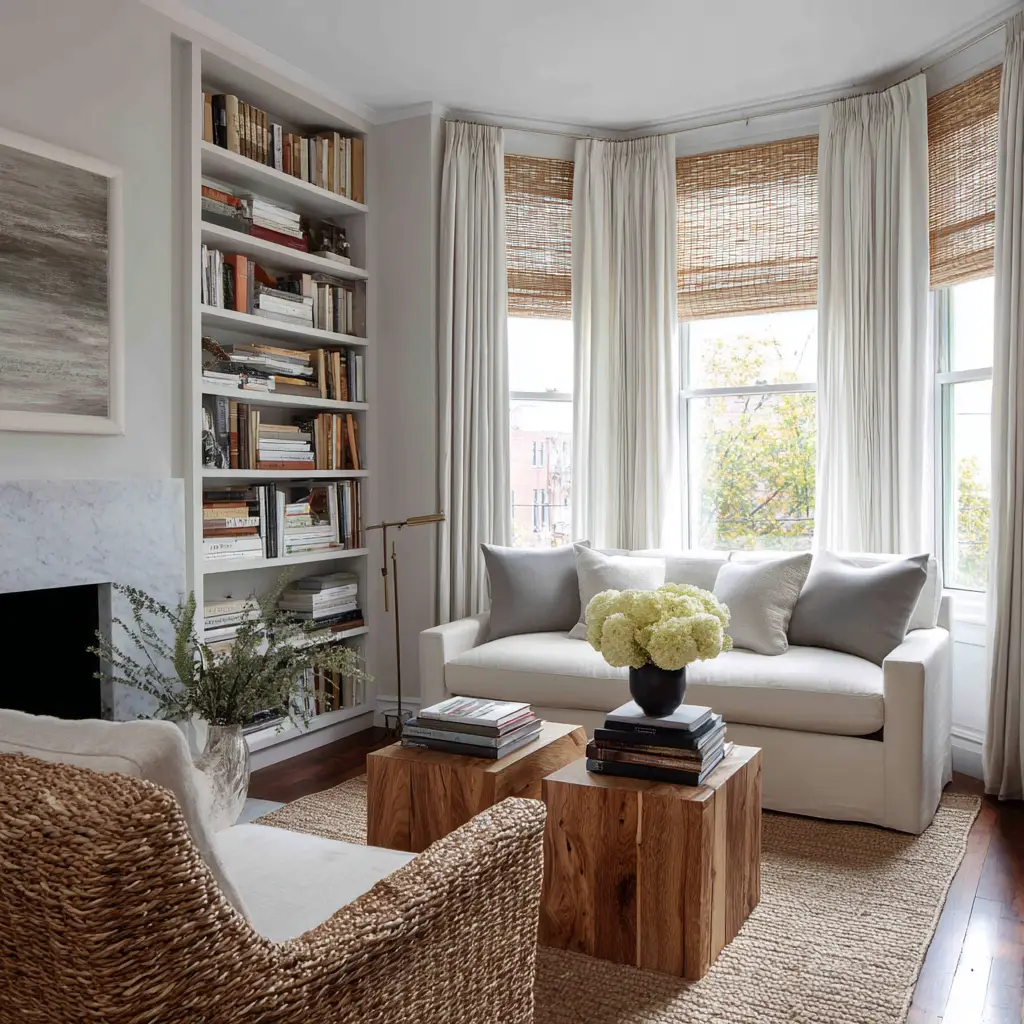
12. Invest in Built-Ins
If you can, built-in shelves or benches make the most of every inch. They’re tailored to your space and help reduce the need for extra furniture.
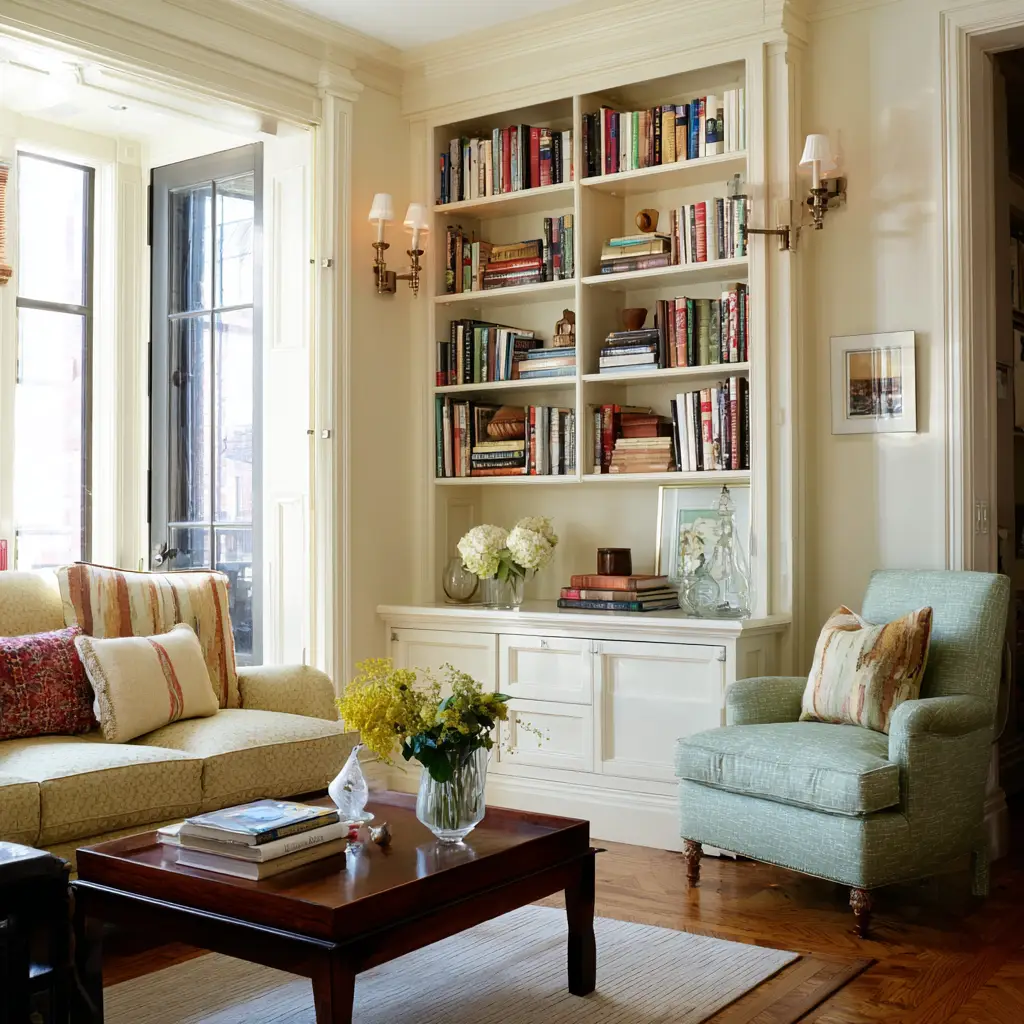
13. Create a Gallery Wall
Instead of large-scale art that might overwhelm, group smaller pieces together on one wall. It’s a great way to add personality without taking up floor space.
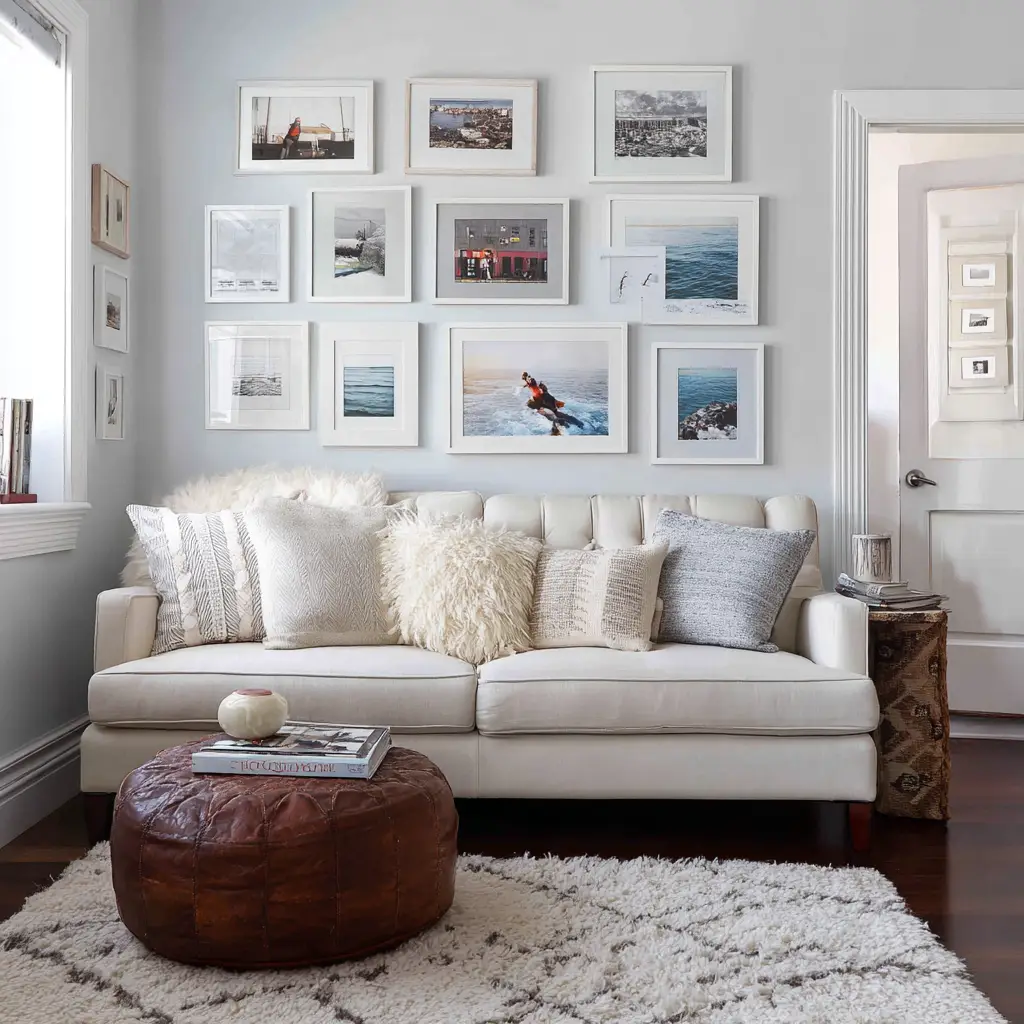
14. Go Bold with One Statement Piece
A dramatic light fixture, bold rug, or oversized artwork can draw the eye and distract from the size of the room.
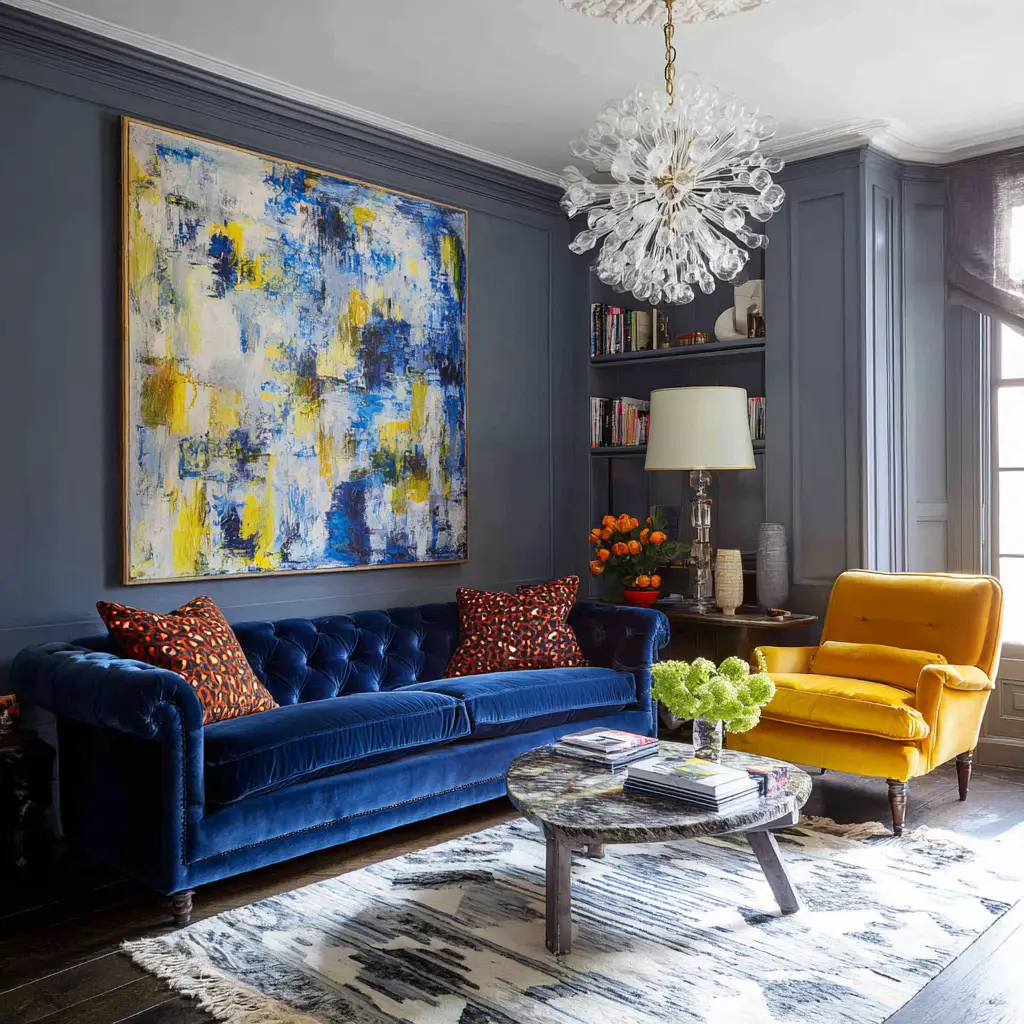
15. Stick to a Consistent Color Palette
Using a consistent color palette throughout the space helps create a cohesive look that feels more spacious and intentional.
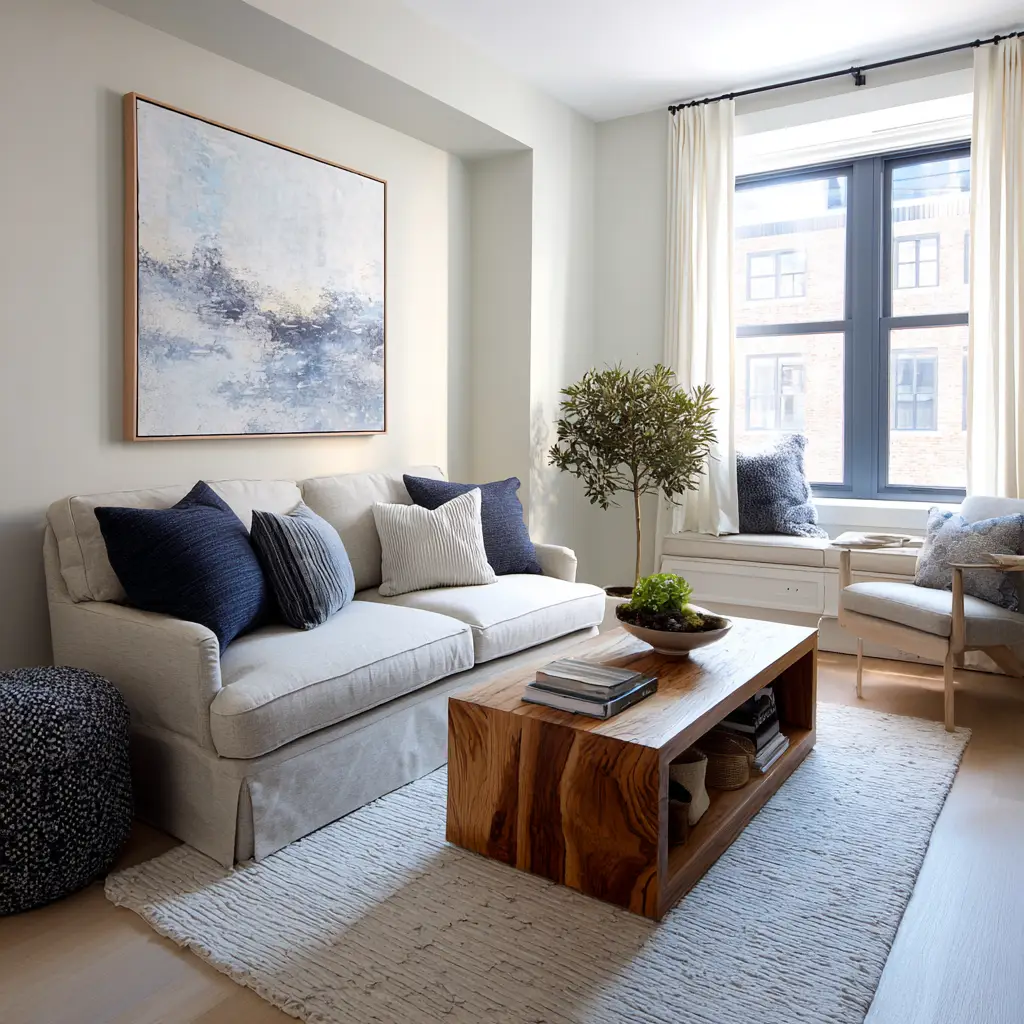
16. Use Nesting Tables
Nesting tables offer flexibility: pull them out when needed, and tuck them away when not. They save space and add function.
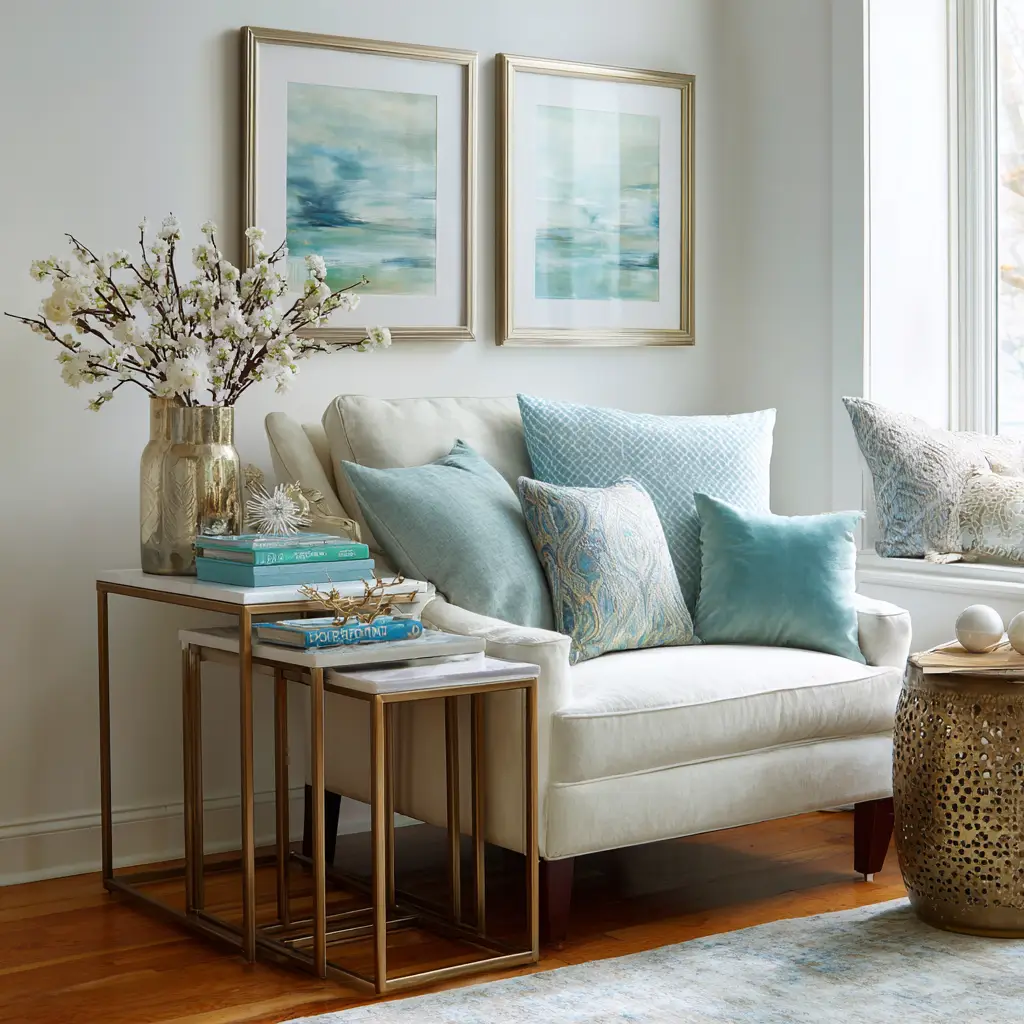
17. Hang Curtains High
Mount your curtains close to the ceiling to make the room feel taller. This elongates the wall and draws the eye upward.
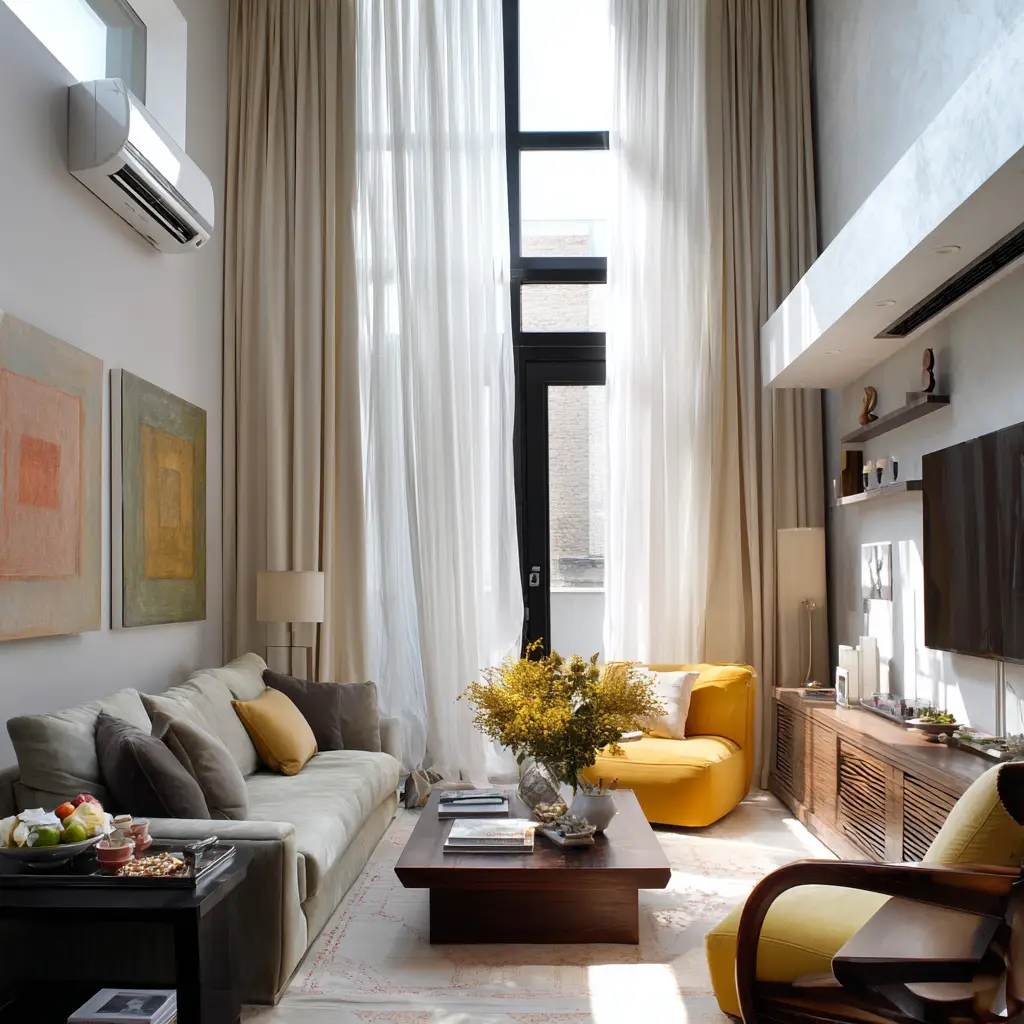
18. Include Slimline Furniture
Look for furniture with thin legs or streamlined silhouettes. They take up less visual space and keep the room feeling light.
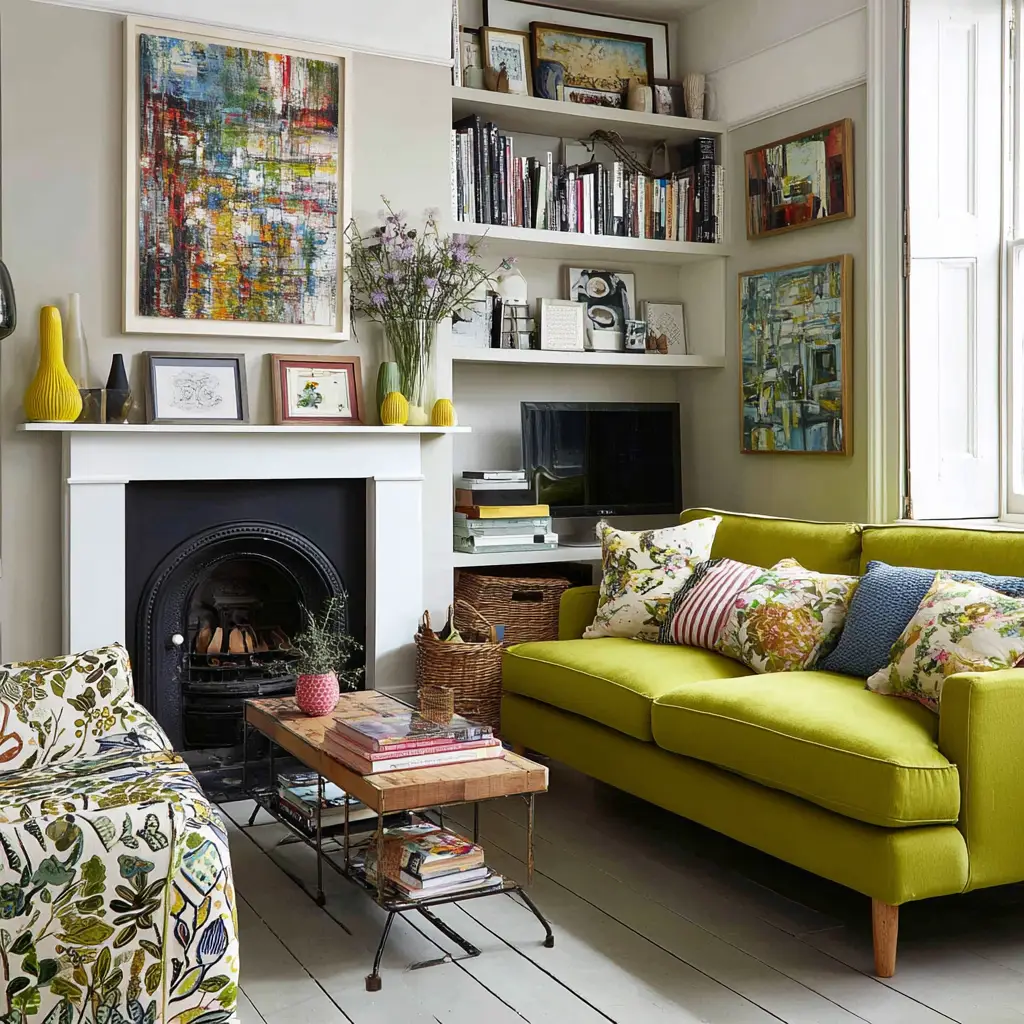
19. Use Corner Space Wisely
Corners are often wasted. Add a small chair, a corner bookshelf, or even a hanging plant to make use of every inch.
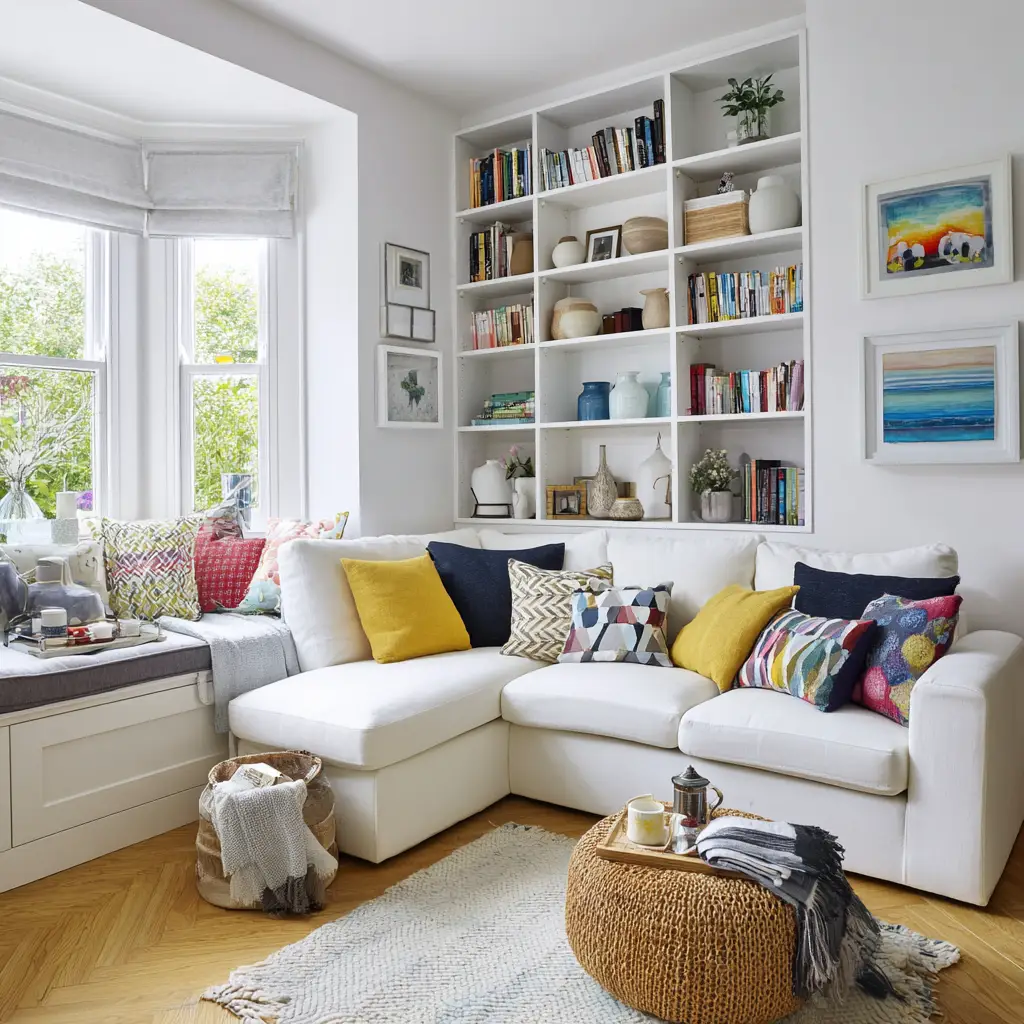
20. Declutter Regularly
Even the best design can’t overcome clutter. Keep only what you love and use, and find smart storage for everything else.
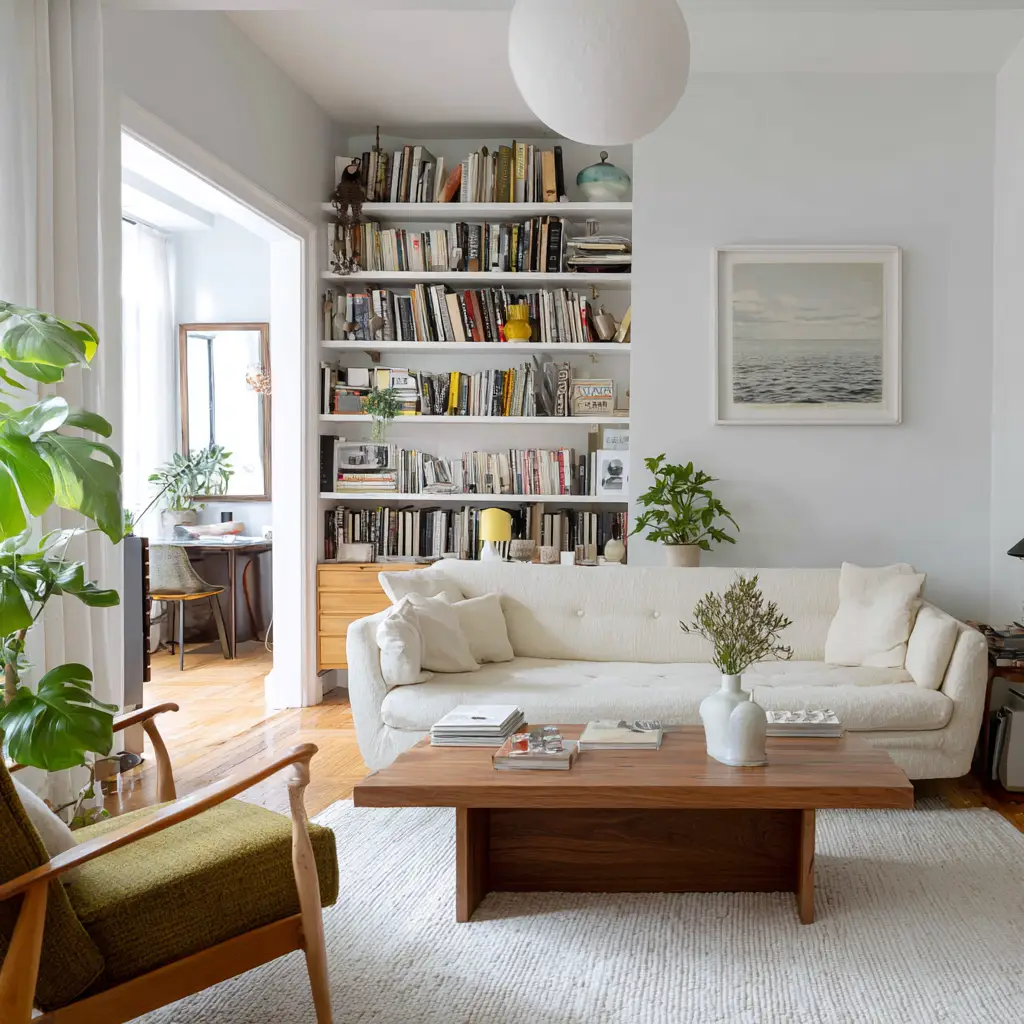
FAQs About Small Living Room Design
What colors make a small living room look bigger?
Light, neutral shades like white, beige, soft gray, and pastels make a space feel larger and more open. Adding some darker accents can create depth without overwhelming the space.
How can I maximize seating in a small living room?
Opt for smaller sectionals, poufs, or stools that can double as seating. Use window seats or benches with hidden storage for extra spots.
Is it okay to use dark colors in a small space?
Yes, in moderation. A dark accent wall or furniture piece can add contrast and drama. Just balance it with plenty of light and lighter tones elsewhere.
What’s the best furniture layout for a small living room?
Focus on function first. Avoid pushing all furniture against walls. Use rugs to define the seating area, and make sure there’s enough flow to move around comfortably.
How do I make my small living room feel cozy and not cramped?
Layer textures (like soft throws, pillows, and rugs), incorporate warm lighting, and add personal touches. Keep clutter minimal, and choose furniture that fits the scale of the room.
Conclusion
Small living rooms can still have a big personality. With a thoughtful layout, smart furniture choices, and a touch of creativity, you can turn even the tiniest space into a beautiful, functional, and welcoming retreat. The key is to design with intention—every inch matters, and every piece should have a purpose.
